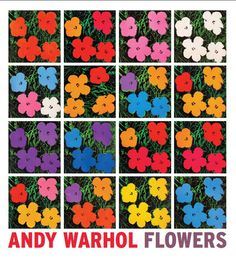“Good artists copy; great artist steal” is an interesting quote attributed to Pablo Picasso. It is a common belief that every work of art is inspired by something, so nothing is really original. However, there is a fine line between inspiration and outright theft of ideas. Though it is impossible to know for sure, after a bit of research into the quote, it seems to me that Picasso was suggesting that good artists simply copy the things they see in the world, while great artist steal ideas they gather from many places and incorporate them into their art. Though imitating others’ work can be considered acceptable, the art world is not immune to the issue of plagiarism.
Forgery is a much more well known moral violation in the art field due to the fact that people are tempted to fake the work of another artist in order to sell an item for a much higher price. However, there are also cases of artists accusing others of copying aspects of their work to the point that it counts as plagiarism. One example is the case in which Andy Warhol was accused of plagiarizing the work of photographer Patricia Caulfield. After his flowers screen print became widely known it was discovered that he used a photograph he found in an old issue of Modern Photography magazine to create the prints.
Due to his fame by that point, Warhol made a significant amount of money off the images, and Caulfield, who originally took the photo he used, filed a lawsuit against him. It was eventually settled and Warhol ended up having to pay a royalty for use of the image. In this case it seems justified for Caulfield to at least get some return for her work. However, it is ironic that Warhol was sued over this instance since he had been replicating copyrighted images, such as the famous Campbell’s soup can for years prior.
Another interesting case of possible plagiarism is the artist Glenn Brown, who paints old images from science fiction books. As you can see from the below image, he has made quite a lucrative career out of it.
Some argue the originality of his work is definitely questionable, and as one angry person on twitter stated “Yeah, this is complete bullshit. It’s not art, it’s tracing.” It may seem artistically valid to turn old illustrations into paintings. However, the people have found fault in the fact that the creative aspects of the images were developed by others, yet Brown is making much more money off them that the original illustrators. Setting a strict distinction between inspiration and plagiarism is even more difficult for visual art than with written work, but it seems to me that the cases in which one person is making a significant amount of money off others’ creativity need to be ethically evaluated.



I never thought of that before, that Andy Warhols campbell’s soup piece infringed on copyright protections. At least the smaller artists are suing and seeing some retribution for their contributions rather than in previous posts where the plagiarized are ignored.